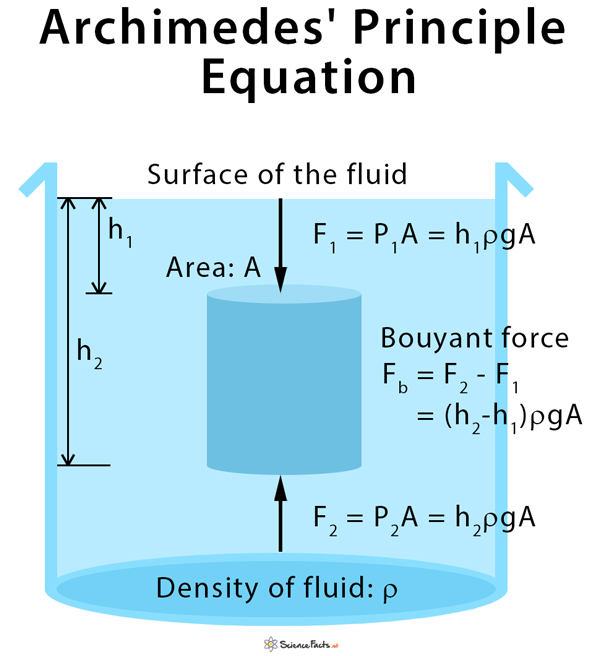

This means that the upward force on the bottom of an object in a fluid is greater than the downward force on the top of the object. (credit: Crystl)Īnswers to all these questions, and many others, are based on the fact that pressure increases with depth in a fluid. (credit: Allied Navy) (c) Helium-filled balloons tug upward on their strings, demonstrating air’s buoyant effect. (b) Submarines have adjustable density (ballast tanks) so that they may float or sink as desired. (a) Even objects that sink, like this anchor, are partly supported by water when submerged. Where does this buoyant force come from? Why is it that some things float and others do not? Do objects that sink get any support at all from the fluid? Is your body buoyed by the atmosphere, or are only helium balloons affected? (See Figure 1.) Figure 1. This is because you no longer have the buoyant support of the water. When you rise from lounging in a warm bath, your arms feel strangely heavy.

How do we measure the length of a curve? Or as Euclid would understand it, how is a curve commensurable with a line? How do they both have well defined "lengths" that can be compared? This is a totally fair objection, but I think it speaks to a more fundamental issue: Your point, I think, is not to claim that the circle actually is squiggly, but rather that it's not clear in the proof where that fact is used, thus calling into question not the correctness of the result but the validity of the proof. This is a better question than the other commenters are giving you credit for. How could Archimedes make this assumption? What if we zoomed into the circle and found that it is a very squiggly line of total length longer than the straight-line perimeter of the circumscribing polygon. What I cannot understand is how one can be sure that the perimeter of the circumscribing polygon is always going to be longer than the circumference of the circle. After all, using the fact that the straight line is the shortest distance between two points, it is easy to prove that the perimeter of the inscribed polygon is always going to be shorter than the circumference of the circle. I can understand how his method provides the lower bound of pi. Finally with a 96-gon he arrived at the conclusion: He then recalculated these bounds by progressively increasing the number of sides of the regular polygons and thus coming closer to an actual value.

This gave him a lower bound and an upper bound for the value of pi. Archimedes worked out the value of pi by calculating the perimeter of a regular polygon inscribed in a circle and the perimeter of a regular polygon circumscribing the same circle.


 0 kommentar(er)
0 kommentar(er)
